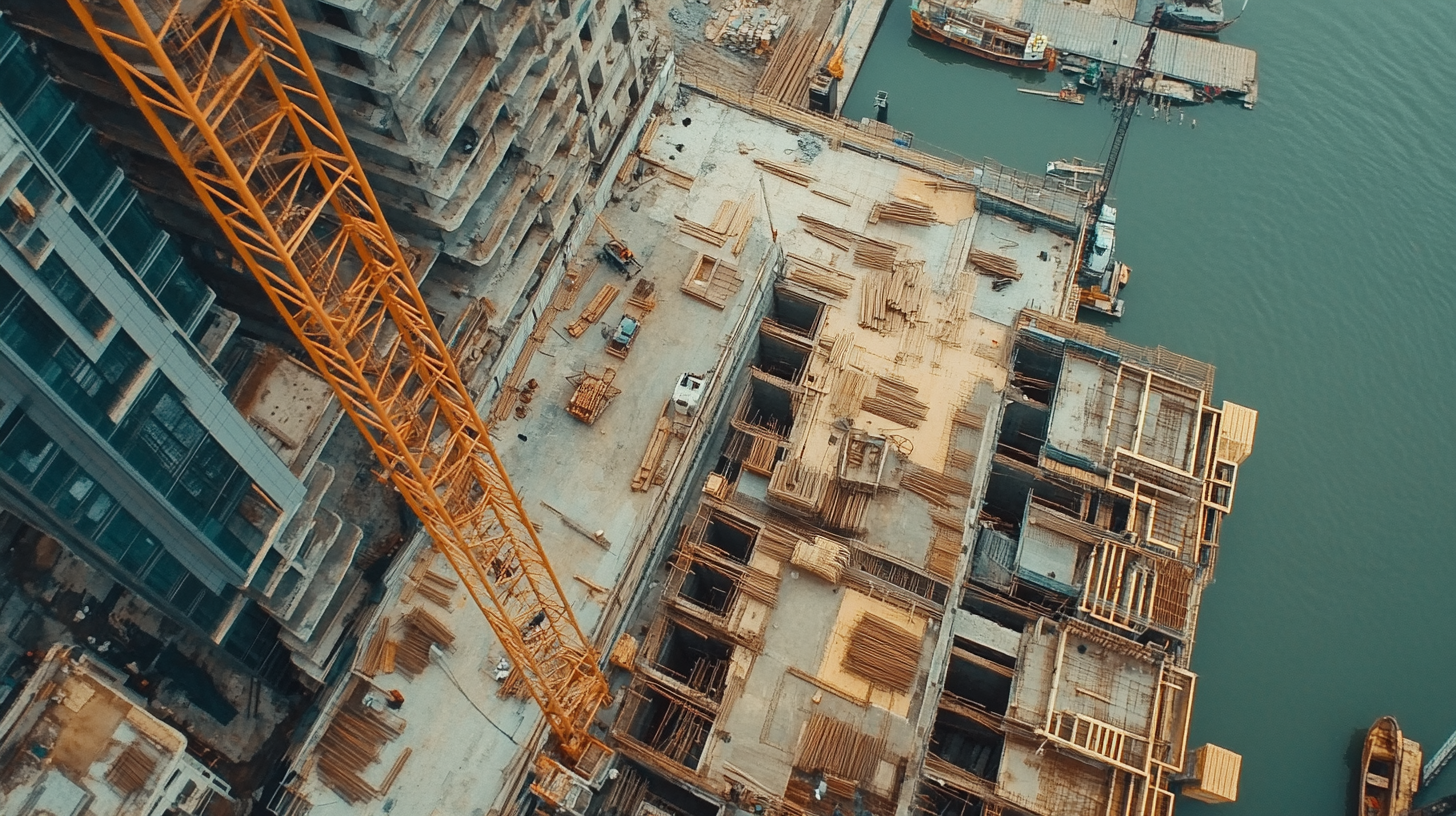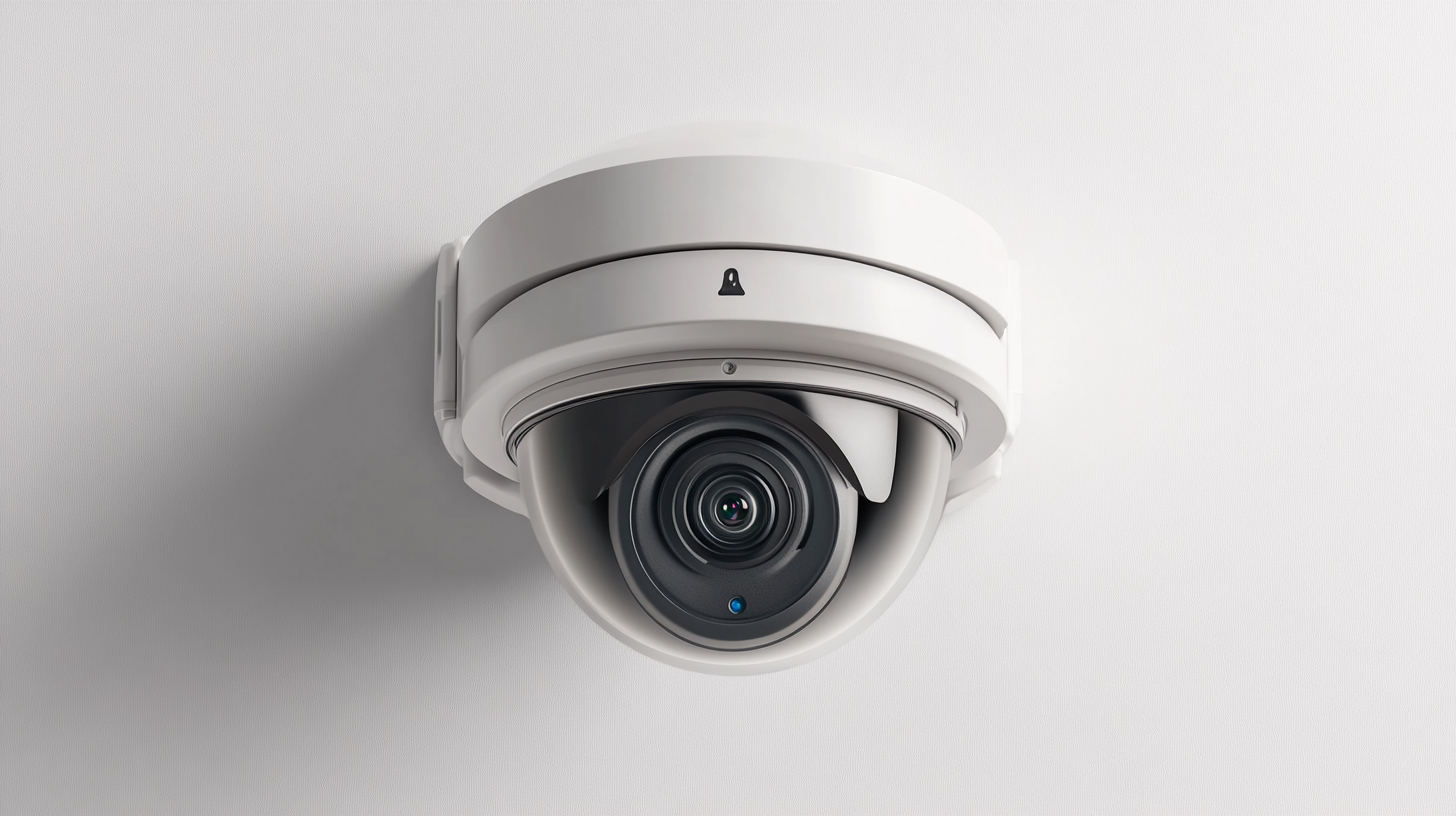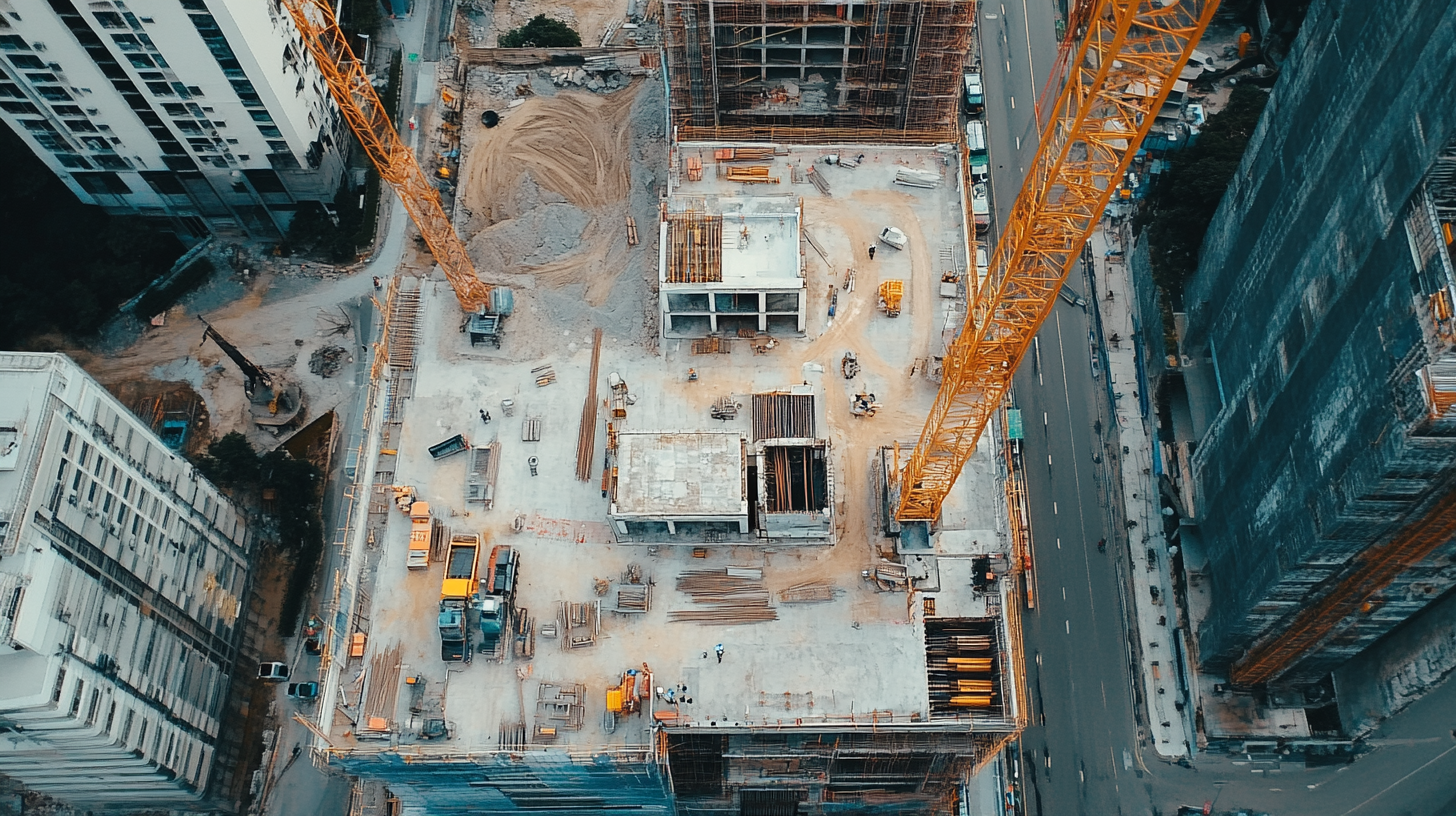Choosing the Right Construction Security Camera: A Comprehensive Comparison Guide
In the ever-evolving landscape of construction management, the importance of robust security measures cannot be overstated. A staggering 96% of construction sites have reported incidents of theft and vandalism, leading to an estimated loss of $1 billion annually in the United States alone, according to the National Equipment Register. As the industry continues to grapple with these significant challenges, the adoption of advanced technologies, particularly construction security cameras, has emerged as a pivotal strategy in safeguarding valuable assets and ensuring the safety of workers on site.
Selecting the right construction security camera is crucial for site managers and business owners looking to mitigate risks and enhance their surveillance efforts. With a myriad of options available on the market, understanding the unique features, advantages, and limitations of various security camera systems becomes essential. Industry reports suggest that construction sites that utilize comprehensive security solutions can reduce theft by up to 50%, ultimately resulting in increased efficiency and cost savings. This guide aims to provide a comprehensive comparison of construction security cameras, helping stakeholders make informed decisions tailored to their specific needs.

Key Features to Consider in Construction Security Cameras
When selecting a construction security camera, several key features must be considered to ensure optimal performance and effectiveness. First and foremost, resolution plays a crucial role in capturing clear and detailed images. High-definition (HD) cameras, typically ranging from 720p to 4K, provide sharper visuals, enabling better identification of potential intruders or incidents on-site. A clear image can be critical for both security assessments and investigations, making resolution an essential factor in your decision. Another vital feature is weather resistance. Construction sites often expose equipment to harsh conditions, including rain, dust, and extreme temperatures. Cameras with a high Ingress Protection (IP) rating, such as IP65 or higher, ensure durability and reliability in various environmental conditions. Additionally, the choice between wired or wireless systems should be made based on the specific layout and connectivity of your construction site. Wireless cameras offer flexibility in placement, while wired options might provide more stable and continuous power. Furthermore, consider the camera’s field of view and night vision capabilities. A wider field of view can cover larger areas with fewer cameras, which is cost-effective and practical for expansive construction sites. Night vision features, such as infrared capabilities, allow for 24/7 monitoring, ensuring security is maintained even in low-light situations. These elements combined help in creating a comprehensive security solution tailored to the unique needs of your construction environment.

Types of Construction Security Cameras: A Detailed Overview
When it comes to securing a construction site, choosing the right type of security camera is crucial. Construction sites are often exposed to various risks, including theft, vandalism, and unauthorized access. Fortunately, there are several types of construction security cameras designed to meet these specific needs.
One of the most popular options is the fixed security camera. These cameras are stationed in a fixed position and provide continuous monitoring of a designated area. Ideal for covering entry points and high-traffic zones, fixed cameras are often equipped with high-resolution capabilities to capture clear images day and night. Their simplicity and reliability make them a staple in construction site security.
Another type to consider is the PTZ (Pan-Tilt-Zoom) camera. PTZ cameras offer enhanced flexibility as they can be remotely controlled to pan, tilt, or zoom in on specific areas as needed. This ability to actively monitor various site locations in real-time can significantly enhance situational awareness. Additionally, some PTZ cameras come equipped with automated tracking features, enabling them to follow moving objects, which can be particularly useful in dynamic construction environments.
Lastly, wireless security cameras are gaining popularity due to their easy installation and the ability to operate without extensive wiring. These cameras can be placed in hard-to-reach areas and generally come with battery backup options, ensuring they remain functional even during power outages. Wireless cameras often feature cloud storage, allowing for convenient access to footage from any location, making them an excellent choice for construction project managers on the go.

Evaluating Image Quality and Resolution in Security Footage
When it comes to securing construction sites, the quality of surveillance footage can make all the difference in ensuring safety and accountability. Evaluating image quality and resolution is crucial in selecting the right construction security camera. According to a recent report from the Security Industry Association (SIA), nearly 75% of incidents in construction sites go unaddressed due to poor surveillance quality, emphasizing the need for high-resolution cameras that capture clear, detailed images.
High-definition (HD) cameras, typically offering resolutions of 720p to 1080p, provide a good starting point for construction site security. However, advancements in technology have introduced 4K UHD cameras, which deliver four times the resolution of standard HD. This level of clarity is particularly beneficial for identifying individuals and vehicles in crowded or dynamic environments. A study published in the Journal of Security Technology shows that using 4K cameras can reduce incident response times by up to 30%, underscoring their importance in high-risk areas.
Moreover, factors like low-light performance and frame rate also play a pivotal role in image quality. Many modern security cameras come equipped with enhanced low-light capabilities, allowing them to capture clear footage even in dim conditions, which is often the case on construction sites during early mornings or late evenings. The American National Standards Institute (ANSI) recommends cameras with a minimum of 30 frames per second to ensure smooth video playback, enabling security personnel to closely analyze footage. By focusing on these critical specifications, construction managers can significantly enhance their security measures and protect their investment effectively.

Wireless vs. Wired: Pros and Cons for Construction Sites
When selecting a security camera for construction sites, the choice between wireless and wired systems is critical. Each type offers unique advantages and drawbacks that can impact the efficiency and security of the site. According to a study by MarketsandMarkets, the construction security market is expected to grow at a CAGR of 9.5% from 2021 to 2026, emphasizing the increasing need for robust surveillance solutions.
Wireless cameras often stand out for their installation flexibility and ease of use. They eliminate the need for extensive wiring, allowing for quick setup and relocation as projects progress. This is particularly advantageous for construction sites, where layouts are subject to frequent changes. However, a report by the Security Industry Association highlights that wireless systems may face challenges regarding signal interference and battery life, which can compromise reliability in critical moments.
On the other hand, wired cameras tend to offer more stable connections and consistent performance, making them ideal for high-security areas. According to the Security Equipment Manufacturers Association, wired systems can provide higher-quality video feeds, which are crucial in identifying incidents within busy construction zones. However, the installation process is typically more labor-intensive and costly, potentially slowing down project timelines initially. Each choice presents a balancing act between flexibility and reliability that construction managers must carefully consider.
Budget Considerations: Finding the Best Value for Your Needs
When considering the right construction security camera, budget is often a primary concern. The market offers a range of options, from basic models to advanced systems boasting features like high-definition video, night vision, and remote monitoring capabilities. According to recent industry reports, the construction site security camera market is expected to grow significantly, driven by the increasing need for enhanced safety measures. Understanding how to balance cost with functionality is essential for maximizing value.
When assessing your options, it's crucial to consider both upfront costs and long-term investment potential. For instance, a higher-priced camera with superior image quality and durability may ultimately save money by reducing theft and vandalism incidents. Reports show that construction sites without adequate surveillance can face losses exceeding 200% of the initial camera investment. Thus, while the initial price tag may be a deterrent, the return on investment from preventing losses can justify the higher expenditure.
Additionally, as technology evolves, the features available in security cameras are becoming more sophisticated. Many models now include artificial intelligence capabilities that enhance motion detection and even alert homeowners to suspicious activity in real-time. This trend aligns with the growing demand for smart home technology, making budget considerations even more complex. Ultimately, selecting a construction security camera requires a blend of understanding current needs, anticipating future requirements, and determining the best value for your investment.
